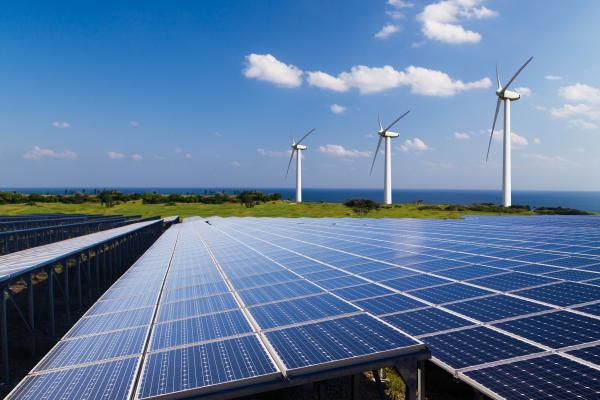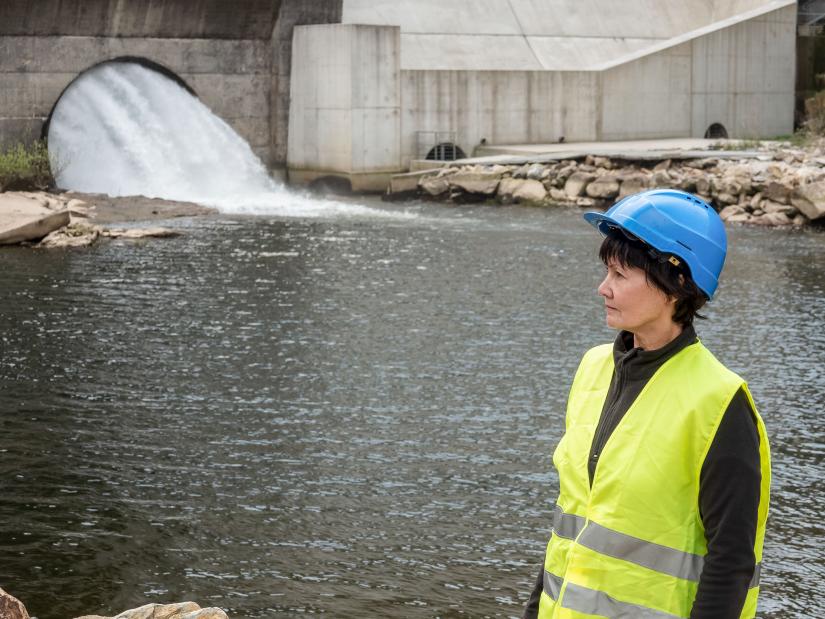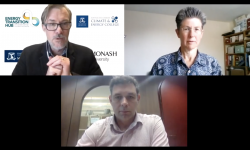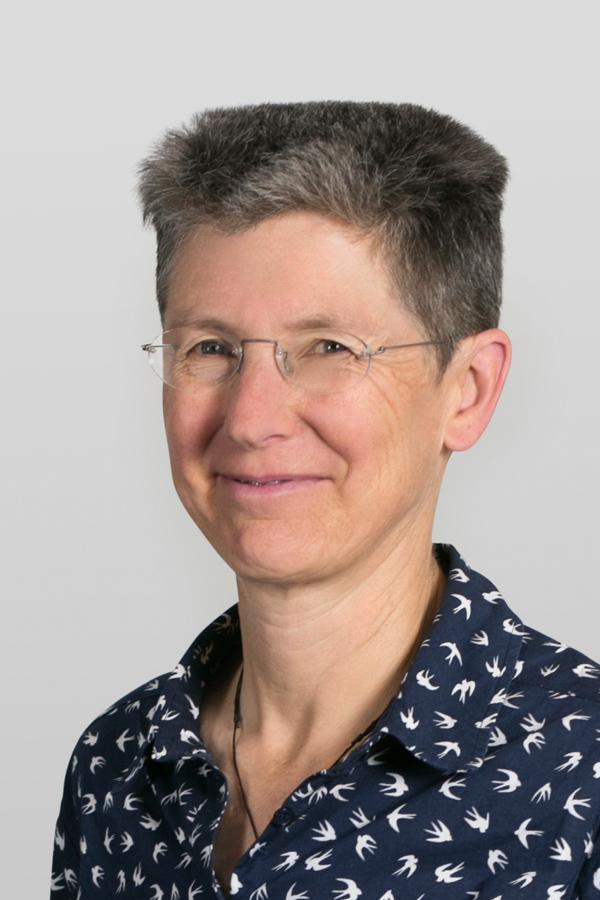The days of coal appear to be numbered as the shift toward renewables gathers pace across the globe. But what does the transition mean for coal industry workers and the communities in Australia’s coal regions? To what extent will they bear the cost of change?
Research from the UTS Institute for Sustainable Futures goes a long way in answering these questions. Commissioned by the Clean Energy Council, it is the first large-scale survey of renewable energy employment in Australia and shows that while renewables jobs complement existing coal jobs across a range of blue- and white-collar occupations, planning and investment is required to ensure a just transition for all.
Responding to change
ISF’s research includes a survey of more than 450 Australian renewable energy businesses across Australian manufacture, installation, operation and supply chains for wind and solar energy, hydro and pumped hydro power, and batteries.
The results were applied to the scenarios used by the Australian Energy Market Operator (AEMO) in its draft Integrated Systems Plan to estimate the resulting job creation into the future.
It found that the renewable energy sector currently employs about 26,000 people and that the number may reach about 45,000 by 2025 under a ‘step change’ scenario consistent with the goals of the 2015 Paris Agreement. Conversely, the results show that the figure would fall to about 15,000 by 2022 under existing policies, under which a decline in investment was projected by AEMO following the end of the national renewable energy target.
Renewable energy can play a meaningful role in creating alternative employment.
— Chris Briggs, Institute for Sustainable Futures
Dr Chris Briggs, ISF research principal and project lead, says the future of renewable energy employment will be determined by policy decisions made today.
“What we found is that renewable energy can play a meaningful role in creating alternative employment as the transition out of coal happens and up to two-thirds of renewable energy jobs could be created in regional areas,” he says.
“The pressure is building and building on coal-fired power stations and there will be more closures in coming years,” adds Dr Briggs. “The number of jobs in renewables is already bigger than domestic coal and we see the number growing to be comparable to both the domestic and export coal sector. But what we’re lacking is a national climate and energy policy to create more certainty for renewable energy investment.”
Understanding the renewables workforce
Dr Anita Talberg, director of workforce development at the Clean Energy Council, says ISF’s research provides a valuable understanding of the current renewables workforce and the industry’s potential for growth.
“There has been no primary research in this space,” she says. “The way the ABS collects data, for instance, is by sectors and so it doesn't really focus on renewable energy. This means you could be working in renewables but be classified in the transport industry if you're transporting massive wind turbines, for example.
“We needed to gain a better idea of how the renewables workforce could potentially grow and therefore what numbers and types of skills we would need in what scale and at what time,” adds Dr Talberg. “We also needed to build an evidence base for informed discussions with the education and training sector and tie this to broader conversations around regional development.”
The research found that jobs growth is strongest in rooftop solar and wind under each AEMO scenario. Most jobs are in the construction and installation phase for jobs likes trades, technicians and labourers but, by 2035, up to half of renewable energy jobs could be ongoing roles in operation and maintenance.
The research also uncovered an overlap between a number of coal and renewable energy occupations, but renewable energy cannot provide alternative employment for coal workers on its own.
“It’s mainly jobs like electricians, construction managers, engineers and mechanical trades, but not the core workforce, which is mostly semi-skilled machine operators,” says Dr Briggs.
“So, we need a transition plan and investment to diversify coal regions. This includes renewables, but we also need to grow other industries.”
Providing a just transition
In past periods of economic transformation, workers have often shouldered the costs of change through unemployment, loss of earnings and lower-quality jobs. However, a ‘just transition’ was included as part of the 2015 Paris Agreement on climate change to ensure people and community impacts are considered in the clean energy shift.
In Germany, for instance, coal-fired power stations will be phased out by 2038 and the bulk of a €40 billion compensation package will be directed at infrastructure projects for coal-dependent areas and retraining for coal industry workers.
Much of the focus is on technology and economics, but we need to be directing more attention toward the workforce.
— Anita Talberg, Clean Energy Council
Dr Talberg describes employment as a potential “sleeper issue” for the renewables transition in Australia.
“Much of the focus is on technology and economics, but we need to be directing more attention toward the workforce,” she says.
“If we don't have the people and the skills that we need at the right time and in the right places as the industry continues to grow, this could be a handbrake on renewable energy development. There's also a lot of research showing that, for a just transition, what we need is a managed and planned transition.”
Dr Talberg adds that Germany has been lauded as setting a high standard for a just transition to renewables. “One of the reasons is because it set a target date for coal closures,” she says. “Unless you have an indication of timing, it's really hard for communities to make informed decisions about transition.
“What the ISF research tells us is that there is a quantum of jobs in clean energy and we have a better understanding of the types of skills that are needed and where the jobs will be based,” adds Dr Talberg. “There's not a perfect overlap of coal skills and renewable energy skills, but there is the potential for re-skilling and retraining, which I think should be a focus, not just for government but for industry as well.”
RESEARCH OUTPUTS
Renewable Energy Jobs in Australia Stage One report
State-by-state
ISF's summary for each of these states:
More information
Clean Energy Council's Clean Energy at Work report
Watch the webinar
Chris Briggs and Jay Rutovitz presented key findings from the project at a public seminar presented by the Australian German Climate and Energy College and the Energy Transition Hub on 25 June 2020.
You can watch the webinar here.
See the accompanying slide presentation here.
MEDIA
Eco-focused talent is in high demand - The Sydney Morning Herald, May 2022
Australia starts retraining coal workers for the clean energy future - The Sydney Morning Herald, April 2022
Jobs return to the spotlight as transition accelerates - PV Magazine, March 2022
Renewable jobs - ABC Radio, November 2020
Researchers
-
Research Director
-
Research Director
Year
- 2020
Location
- Australia
Client
- Clean Energy Council













